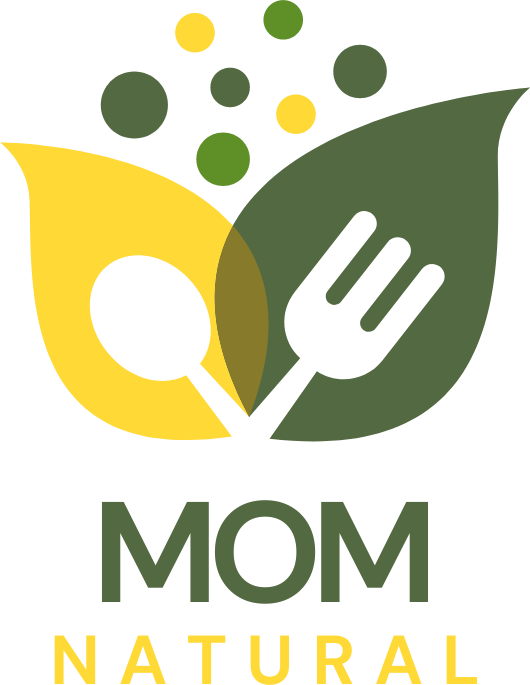Understanding the Importance of Introducing Allergenic Foods to Babies
With babies growing and developing rapidly, their nutritional needs can be quite demanding. Among the most important milestones in a baby’s diet is the introduction of allergenic foods. Understandably, this can be a nerve-wracking time for parents. Let’s break down why introducing allergenic foods is crucial, and how to do it safely.
Allergenic foods: A crucial part of baby’s diet
Allergenic foods are those most likely to cause an allergic reaction in susceptible infants. These include foods like peanuts, eggs, milk, and shellfish, among others. Despite the potential for allergic reactions, introducing these foods to infants at the right time can actually decrease their chances of developing allergies, according to extensive research.
The Right Timing for Introducing Allergenic Foods
It’s important to introduce allergenic foods to your baby at the right time. The Australasian Society of Clinical Immunology and Allergy (ASCIA) suggests introducing solid foods, including allergenic foods, to your baby’s diet around six months of age, but not before four months. The onset of introducing these foods should not be delayed as it can increase the risk of developing food allergies.
Safety First: Managing Allergies
Before introducing allergenic foods, it’s crucial to be prepared in case of a reaction. Make sure you understand the signs of a possible allergic reaction, such as hives, vomiting, coughing and difficulty breathing. If you notice any of these signs, discontinue the food and seek immediate medical attention. It might be useful to consult with your child’s doctor first and discuss the best strategy for introducing these foods. Helpful advice on how to manage allergies can also be found in our post “Baby’s First Doctor Visit: How We Prepared and What We Learned”.
Creating Nutritious Allergy-friendly Recipes
When it comes to introducing allergenic foods, it’s essential to blend them within a nutritionally balanced meal. For instance, you can start with peanut butter mixed into your baby’s oatmeal or cooked egg yolk mashed into rice or potatoes.
Here are some more examples of how you can incorporate allergenic foods into your baby’s meals:
- Mashed hard-boiled eggs mixed with avocado
- Pureed fish, such as salmon, mixed with sweet potato
- Peanut butter spread thinly on a slice of soft, whole grain bread
- Mashed berries mixed with whole milk yogurt
For more baby meal ideas, don’t hesitate to check out our blog post “Our Go-to Baby Meal Ideas: Nutritious and Easy to Make Recipes”. Additionally, websites like My Kids Lick the Bowl offer a wide range of allergy-friendly recipes that are both safe and nutritious for your baby.
Final Thoughts
By introducing allergenic foods early and sensibly, parents can not only aid in their child’s nutritional development but also significantly decrease the risk of allergies. However, it should be done with utmost care and guidance. Remember, every baby is different, and what works for one might not work for another. Therefore, it’s always best to consult with a healthcare professional before making any significant dietary changes.
Pioneering Solutions: Early Allergen Introduction
As modern science progresses, we’re learning more about the benefits of early allergen introduction. As reported by Ready, Set, Food!, introducing allergenic foods as early as four to six months might help your baby build tolerance, thus significantly reducing the risk of food allergies. This groundbreaking approach has been endorsed by various health organizations, reinforcing its potential role in allergy prevention.
Follow the Guidelines Cautiously
While we’re talking about introducing allergenic foods, it’s essential to do so within the recommended guidelines. For example, ASCIA recommends offering new foods within two to three day intervals allowing you to assess potential allergic reactions.
Furthermore, babies might require multiple exposure to new foods before they learn to accept them. Patience is key here. It’s also recommended to first introduce vegetables, fruits, cereals, and slowly progressing to more allergenic foods such as dairy, eggs, and peanuts.
Allergenic Foods: Make it tasty and interesting!
Introducing allergenic foods to your baby doesn’t have to be a daunting endeavor. In fact, with a little creativity, you can make delightful meals that your little one will love. Websites like Prevent Allergies and Nutricia are a treasure growing trove of food inspiration. They provide a plethora of allergen-friendly recipes, making meal preparation easier and fun.
Consider these meal ideas for a fun twist on common allergenic foods:
- Combine mashed boiled eggs with sweet potato for a nutrient-rich treat.
- For a refreshing snack, try pureed berries mixed with an allergen-free yoghurt substitute.
- Tuna or salmon can be mixed with mashed avocado for a hearty meal.
- A miniature cheese toastie or a soft rice cake spread with dairy free cheese is a hit with many little ones.
Feeding cues: Observe and Learn
Paying attention to your baby’s feeding cues could help make the transition easier. Early cues include leaning towards the spoon or opening their mouth as the spoon approaches. However, if your baby turns away, clamps their mouth shut, or cries when they see the spoon, it might be a sign that they’re full or not interested in eating.
Patience and Persistence
Like all other aspects of parenting, introducing allergenic foods requires both patience and persistence. It may take several attempts before your baby accepts a new food. If your baby refuses a particular food, that doesn’t necessarily mean they don’t like it. Sometimes, it might just take a few tries before they get used to a new flavor or texture.
Remember, the goal is to foster a healthy and positive relationship with food, so make the experience enjoyable. Each baby is unique, and there’s no “one-size-fits-all” timeline for introducing allergenic foods. Therefore, it’s crucial to listen to your baby’s signals and consult with a healthcare professional for tailored advice.

